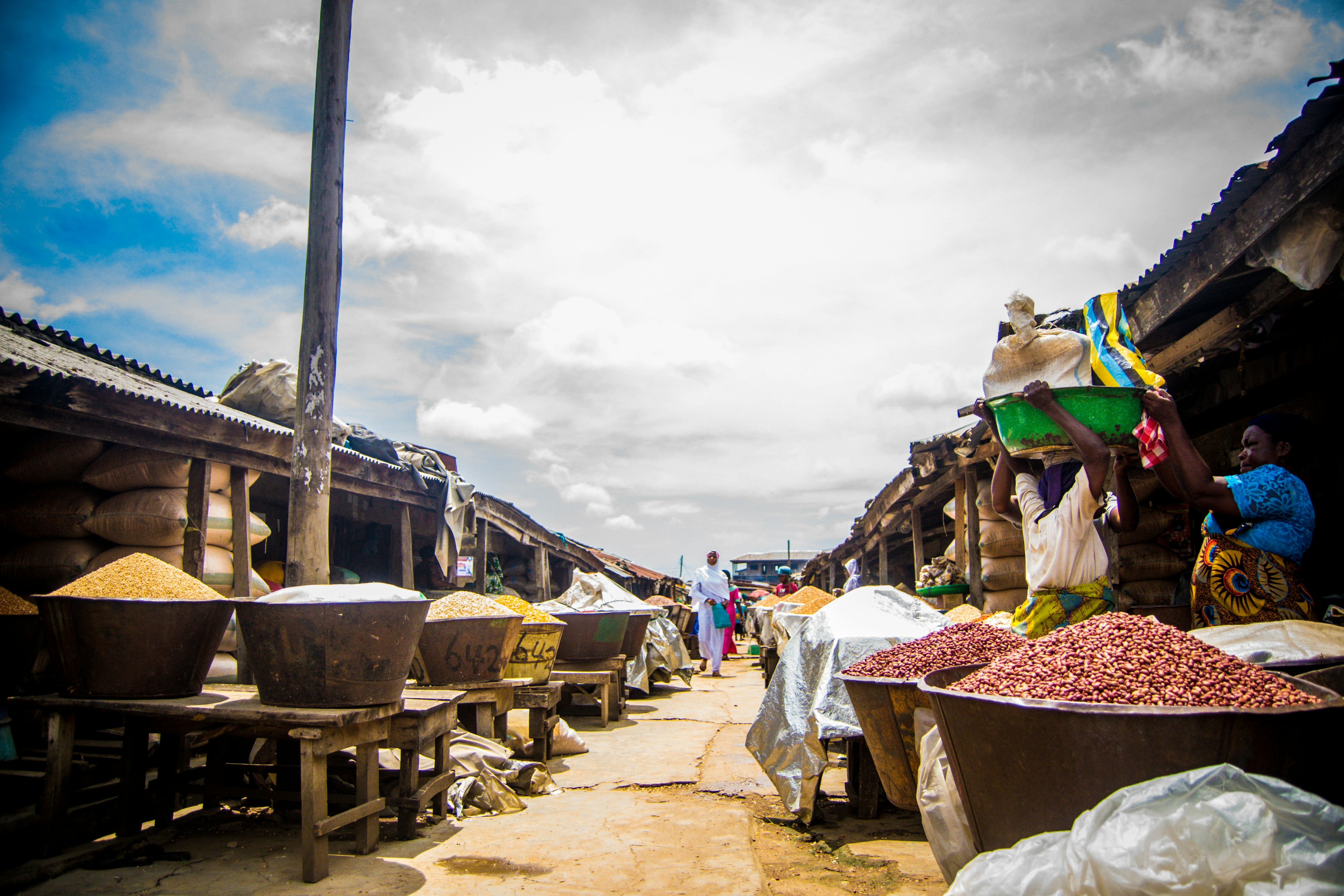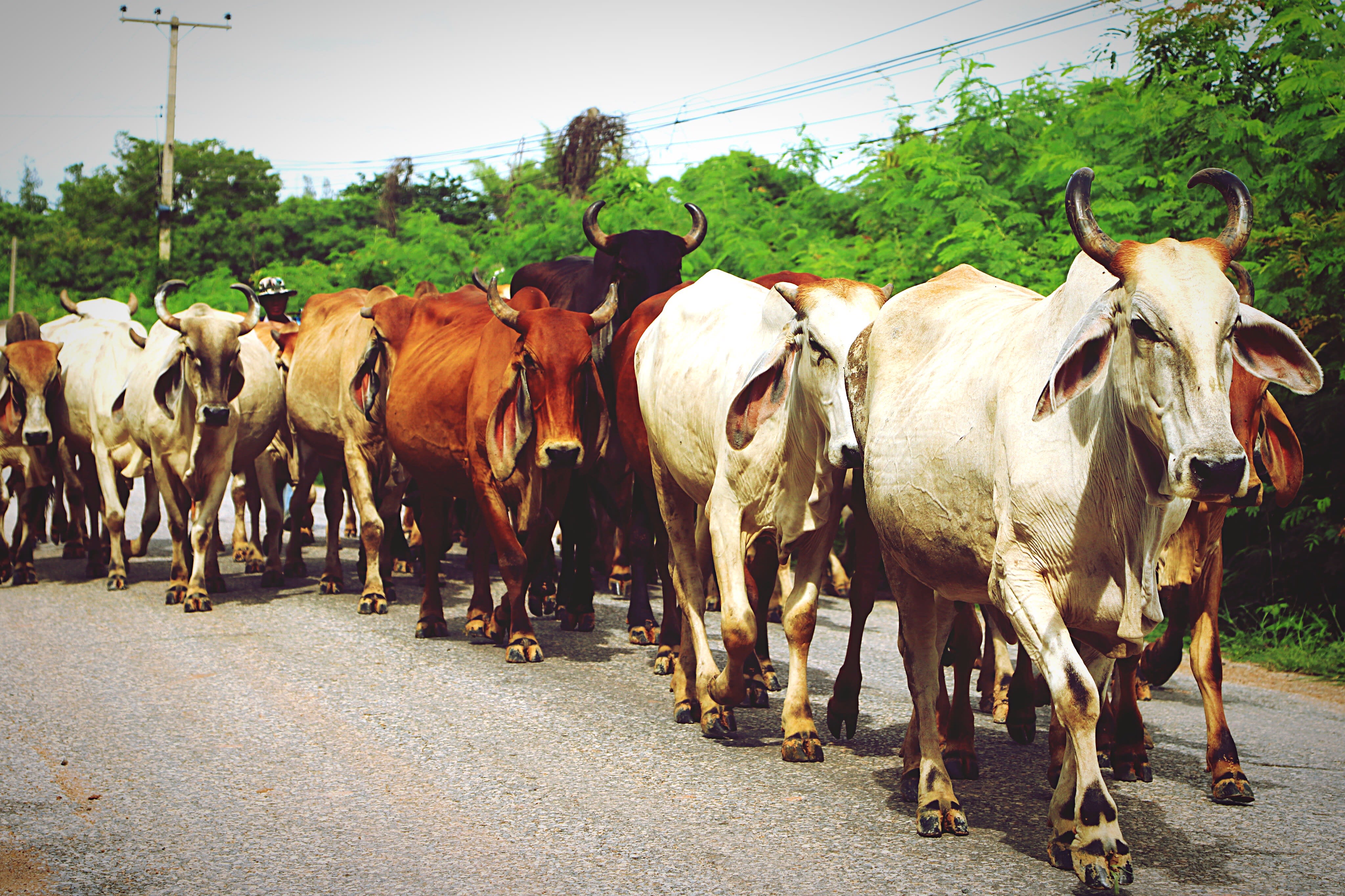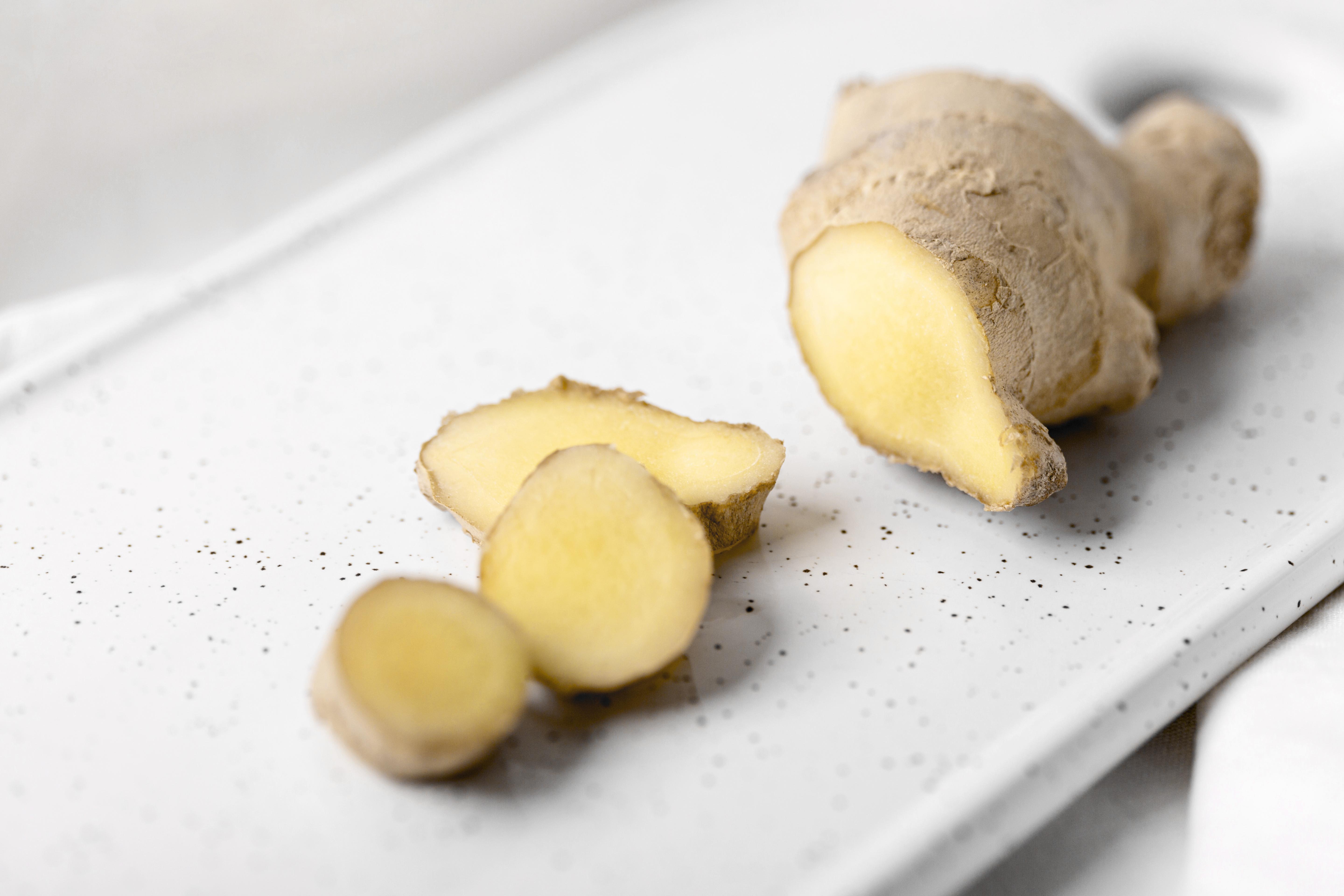Following a surge in staple food prices in 2024 , the food market in Nigeria is witnessing a decline in the prices of staples such as maize, paddy rice, sorghum and soybeans, especially in the northern part of the country. This trend is reflected in the AFEX Commodity Price Index, which has dropped by over 25% from ₦87 at the beginning of the year to ₦64 as of March 2025.
While falling prices offer temporary relief to struggling households, they may not indicate a sustained long-term decline. Several factors have contributed to this recent drop in food prices, including India’s return to the export market, which has exerted downward pressure on global rice prices, leading to a sharp decline in export quotes.
The relative stability of the Naira against the US dollar has also played a role in easing import costs. According to the Central Bank of Nigeria, the exchange rate for the US dollar to the Naira has fluctuated between ₦1,478 and ₦1,551 from January 1, 2025 to date. This marks a decline of over 8% from the peak of ₦1,688 recorded in the last months of 2024.
While today's lower prices bring a welcome relief, they tell only part of the story. To truly understand Nigeria's food commodity market, one must examine the factors behind these fluctuations and consider what they mean for future prices.
Seasonality
Seasonality is the backbone of price fluctuations. The timing of planting and harvesting cycles directly affects the supply of food commodities, and consequently their prices. As discussed in our article, Understanding Seasonality in Nigeria, weeks immediately following harvests generally see lower prices due to an oversupply, while prices usually spike as stocks begin to dwindle — the lean season.
Let’s take sweet potato for example, prices follow a cyclical pattern dictated by seasonal harvests and scarcity periods. Prices tend to drop between July and September, aligning with the main harvest season when supply is highest. Following a second planting cycle, another price decline is observed between February and March. Conversely, prices rise sharply between April and July, coinciding with the pre-harvest scarcity period. A secondary price increase often occurs between November and December, as stored supplies dwindle before the next major harvest.
This price fluctuation pattern is observed across many staple commodities in Nigeria, driven primarily by seasonal production cycles. Under normal conditions, prices decline during harvest periods due to increased market supply and rise during the lean season as stocks diminish. External shocks such as extreme weather events, insecurity, and disruptions in supply chains can worsen these fluctuations, leading to more pronounced price volatility.
Production Output and Climate
Another factor lies in the production level. Typically, if production falls short of demand, and in comparison to previous levels — whether due to poor planting seasons, unfavourable weather, or disruptions on the ground due to insecurity — prices tend to spike higher. For example, in 2023, Nigeria’s ginger production faced a severe setback due to a blight epidemic, a fungal disease that devastated crops nationwide — affecting 95% of ginger crops during this period. The drastic reduction in supply led to a six-fold increase in ginger prices over two years, escalating from ₦50,000 per bag to about ₦300,000 per bag. Farmers struggle to meet market needs when they face difficulties during planting seasons, and when supply dwindles, prices are bound to rise.
In Nigeria, production is mainly affected by input cost, insecurity and climate — with the volatile weather conditions disrupting the food system. When yields decline, prices tend to rise, and vice-versa. Recently, production levels of key commodities like maize, and paddy rice have been projected to decline due to volatile weather conditions and rising input costs. The Nigerian Meteorological Agency (NIMET) forecasted that there will be potential significant disruptions to agricultural production in Nigeria, likely driving up food prices. A delayed onset of rains in key grain-producing states like Kaduna, Niger, Benue, and Taraba could reduce early maize and sorghum planting, leading to lower yields and mid-year price surges. Shorter rainy seasons in Borno and Yobe threaten millet production, while severe dry spells (15–21 days) in major agrarian states could hurt early-season crops.
With a deviation in normal total rainfall expected across most of the country, lower crop yields and supply chain disruptions may likely drive food price inflation, particularly for grains, tubers, and livestock products. Without proper mitigating strategies, the short-term low prices we see now are likely to give way to a significant volatility, leading to sharp price spikes in the coming months
Storage Infrastructure
Equally critical is Nigeria’s storage capacity — or rather, the lack of it. Inadequate storage facilities have long been a thorn in the side of Nigerian agriculture, leading to significant post-harvest losses. In one of our recent articles, Reducing Post-Harvest Losses in Nigeria, we explored the impact of post-harvest losses, and the need for alternative infrastructure to mitigate it. Commodities are perishable, and when farmers produce a lot of food, the benefits can be lost if the produce is not stored or stored properly. Without good storage, harvested commodities cannot be stored properly to meet demand during the lean season.
This loss of produce reduces the overall supply, which causes significant fluctuations in prices. Estimates suggest more than 30% of harvested produce is lost due to poor storage, which not only diminishes the effective supply but also forces traders to sell off surplus at depressed prices, exacerbating the cyclical nature of market fluctuations.
Government Spending
Another significant factor affecting stable prices is the level of government spending on the sector. The proposed 2025 Agricultural Budget is set at less than 1.3% of the total Federal Government budget — roughly ₦2,800 per capita. This is far below the CAADP/Malabo commitment of 10% of the national budget, highlighting a clear gap in funding.
Low agricultural spending means that critical areas such as research, infrastructure development, and farmer support programs remain underfunded. With limited financial resources, investments in inputs, and infrastructure that could boost production and reduce post-harvest losses are delayed or completely overlooked. The effect of this, given the low percentage of the budget, could be seen in low production levels across various commodities, resulting in rising prices.
International Trade
Finally, but not the least, trade and international demand are a pertinent factor to fluctuating prices. A good case will be the soybean market, where import restrictions on GMO-soybeans in 2023/2024 season in key importing market, drove demand for Nigeria's non-GMO soybeans. As a result, Nigerian soybean exports skyrocketed by over 1,000%, leading to a sharp increase in domestic prices, trading well above international market quotes. Soybean exports increased significantly from USD 10.8M in 2022 to about USD 201M in 2023, with domestic prices in northern Nigeria surging to over ₦1M per metric ton (a 241% jump over the previous year), far exceeding the international level of around USD 395 per MT. This highlights the effects of global market trends, where policy shifts can create temporary price surges.
When we step back and look at the whole picture, the short-term drop in commodity prices in Nigeria is influenced by a mix of factors — many of which are temporary. Seasonal patterns, stable exchange rates, duty-free regime on selected imports coinciding with the current local production harvest are helping to keep prices low for now. However, the long-term sustainability of this price drop is highly uncertain unless we are able to ramp up sustained local capacity and macro-stability.



